India is a vast country with a rich and varied heritage. It is blessed with number of monuments that are appreciated throughout the globe. Taj Mahal, the monument that represents undying love of Shah Jahan for his late wife has been named as one of the seven wonders of the world.
These monuments, that represent India’s culture, host thousands of tourists every year. However, these national treasures do not get the care and maintenance that they deserve.
Taj Mahal, one of the most celebrated monument in the world, draws about 70,000 visitors on a daily basis. The 17th century monument has suffered a lot over the years because of pollution. Yamuna river that flows by the Taj, carries contaminated water and sewage from factories. The waters of Yamuna when touches the marble of Taj ends up polluting the monument as well. According to environment activists, the pollution around the river has attracted lot of insects. This has caused the marble of Taj covered with insect dung and change its colour from while to green.
The pollution caused because of factories and oil refineries around Taj has caused its colour to turn yellow and lose its lustre over the years. A beauty treatment in form of mud masks is applied on Taj once in every few years, to clean up the walls. However, too much scrubbing is also going to harm the monument in a longer run.
Other than these, the thousands of vandalizers in the country who end up carving quotes, names or even vulgar words on the walls of precious monuments are always there in India. When the foreign tourists see the Indians disrespecting the national monuments, they do not care to respect them either, leading them to participate in polluting the monuments.
The Chief Minister of the State where the Taj is situated, refused to allocate any funds for the maintenance of Taj stating that it does not represent India’s culture. The monument was excluded from the tourist booklet released by the government, that extolled all the tourist destinations of Uttar Pradesh.
Supreme Court of India, disappointed with lethargic way of State and Federal government’s methods of dealing with conservation of Taj, has asked to seek foreign help if necessary to protect the monument. However, things would be very difficult as long as we as citizens do not raise our voices and take action towards protection of our historical heritage.
Thank you for reading the story until the very end. We appreciate the time you have given us. In addition, your thoughts and inputs will genuinely make a difference to us. Please do drop in a line and help us do better.
Regards,
The CSR Journal Team

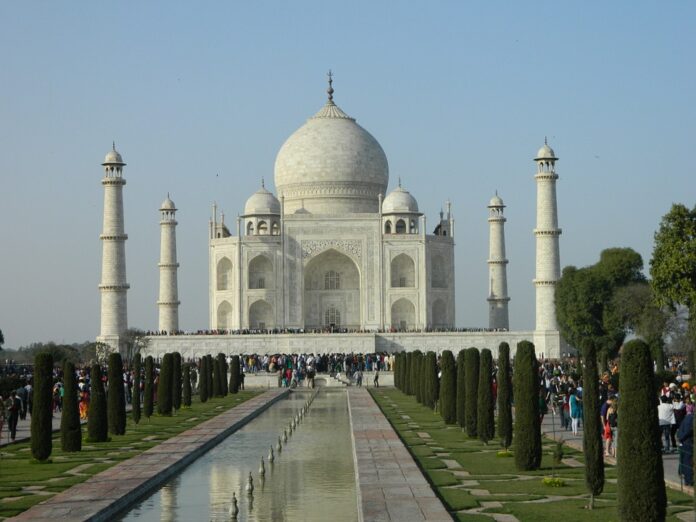

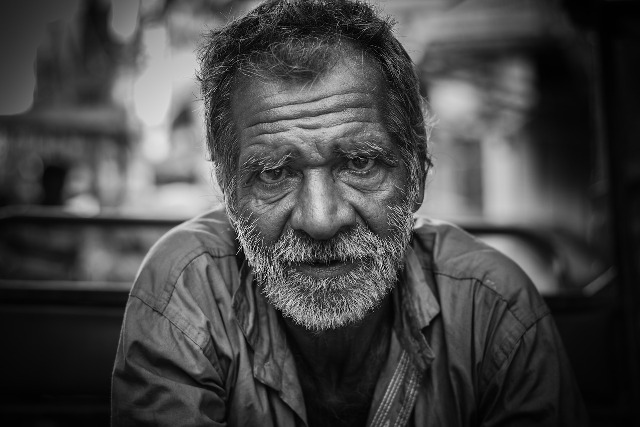
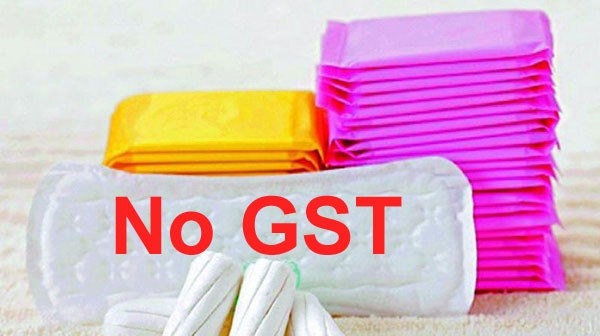
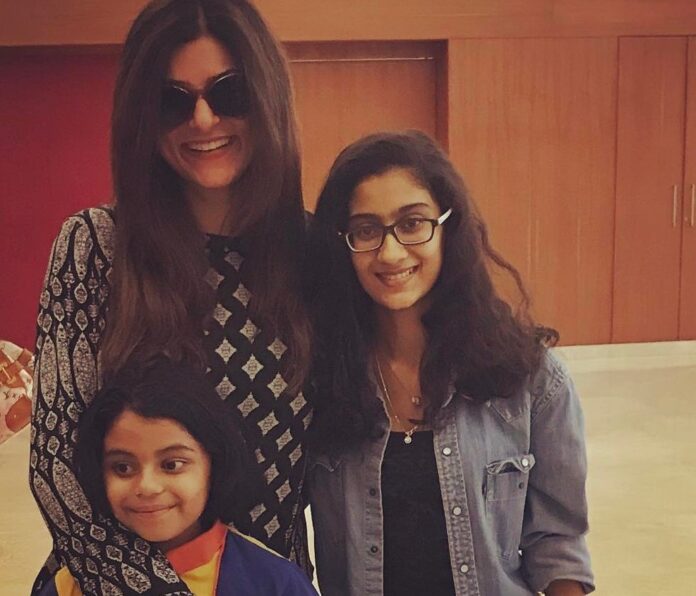
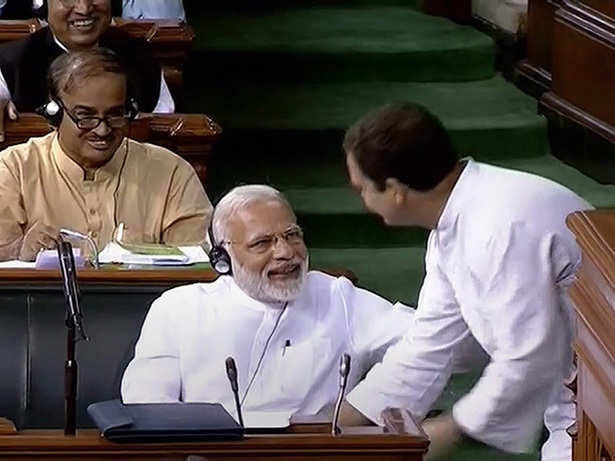
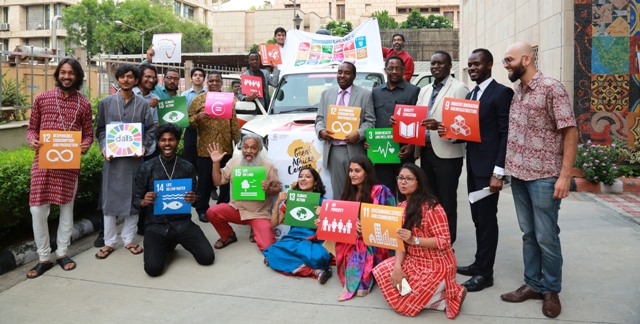
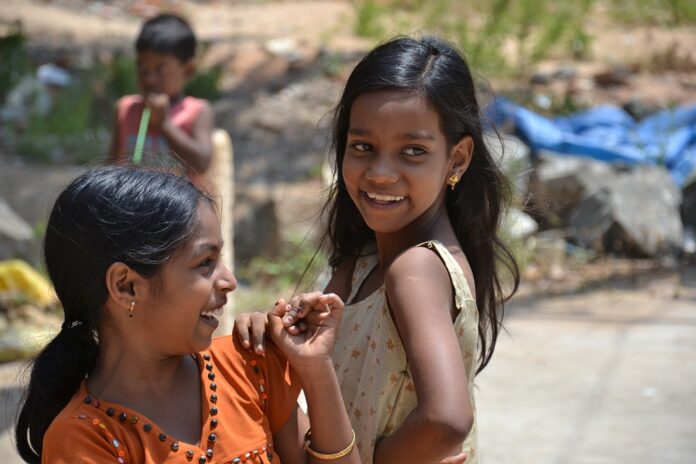
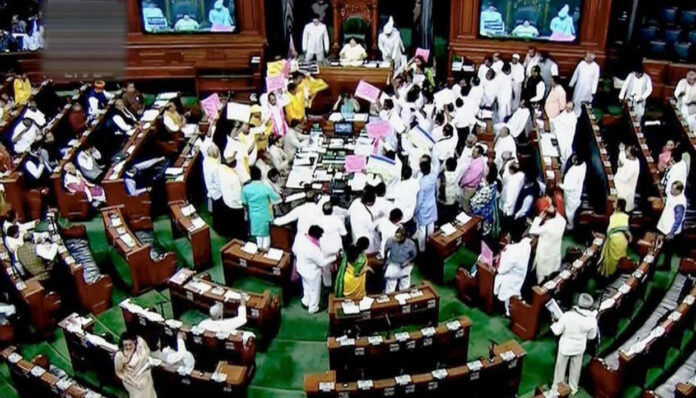



 Amit Lahiri is the Chief Sustainability Officer at O.P. Jindal Global University. He has developed the flagship graduate certificate program in International Business Management, and also the first course in Corporate Social Responsibility. He has graduate degrees in both natural and social sciences, and a Masters degree in the Life Sciences from Bombay University and Environmental Studies from York University, Canada. He has also participated in an Ontario Ministry of Education & Training-sponsored research project on integrating immigrants in the Canadian economy.
Amit Lahiri is the Chief Sustainability Officer at O.P. Jindal Global University. He has developed the flagship graduate certificate program in International Business Management, and also the first course in Corporate Social Responsibility. He has graduate degrees in both natural and social sciences, and a Masters degree in the Life Sciences from Bombay University and Environmental Studies from York University, Canada. He has also participated in an Ontario Ministry of Education & Training-sponsored research project on integrating immigrants in the Canadian economy.






